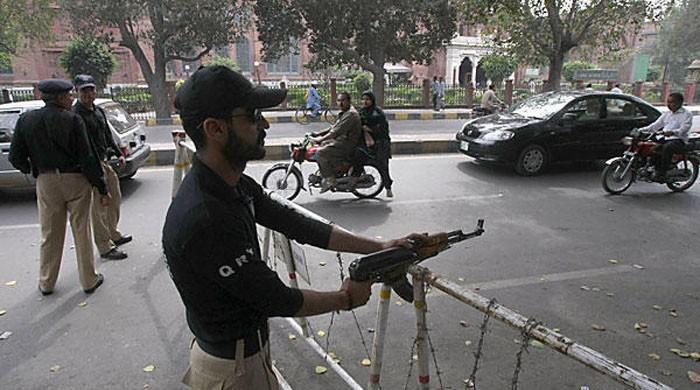Section 144 is a provision in the Code of Criminal Procedure (CrPC) that empowers district magistrates, sub-divisional magistrates and other authorities to issue orders in public interest.
This provision prohibits the gathering of people, holding public meetings, and taking out processions or rallies, among other things. It is invoked to prevent any disturbance or danger to public peace, safety, and tranquility.
The authorities may impose Section 144 when they deem it necessary, for instance, during communal tensions, natural calamities, pandemics or when the law and order situation is under threat. This provision enables the authorities to maintain peace and avoid any violent outbreaks that could result from large gatherings.
The section prohibits the assembly of five or more people in public places, including educational institutions, temples, mosques, gurdwaras, churches, shopping malls, parks, and other public places. The authorities can also restrict the movement of individuals and vehicles during such a time.
Any individual or group that violates the order under Section 144 can face legal action. The police have the power to arrest those who refuse to comply with the orders. Section 188 of the Indian Penal Code (IPC) is also applicable in cases of violation of Section 144. The IPC section stipulates punishment for disobedience of an order issued by a public servant.
Section 144 is commonly invoked during times of unrest, including protests and rallies, as well as during natural calamities such as floods, earthquakes, and pandemics. During the COVID-19 pandemic, several states in India invoked Section 144 to prevent the spread of the virus by restricting public gatherings.
Section 144 is a legal provision that empowers authorities to maintain public order and prevent any disturbance or danger to public peace. It is an important tool used during times of unrest and emergencies, and its implementation has been seen in various situations where public safety and security have been of paramount importance.
The provision for Section 144 of the Code of Criminal Procedure (CrPC) was first introduced in India during the colonial period. It was created to give district magistrates and sub-divisional magistrates the power to issue orders to prevent public disorder, and was seen as a necessary tool to maintain law and order in a country that was diverse and had different communities living in close proximity.
After India gained independence in 1947, Section 144 remained a part of the CrPC and has been used in various situations. During the 1965 and 1971 Indo-Pak wars, Section 144 was imposed to prevent anti-national activities and to maintain public order. In 1975, during the emergency period, Section 144 was imposed to suppress political dissent.
Over the years, several amendments have been made to the CrPC, and the provisions of Section 144 have also been modified accordingly. The latest amendments to Section 144 were made in 1973, which allowed for the use of electronic media for dissemination of orders issued under this section.
- Misleading Video Alters Prime Minister Shehbaz’s Speech Targeting Political Rival, Not His Party - 21/04/2024
- ATC Grants Three-Day Remand for Suspects in Ichhra Bazaar Harassment Case - 19/03/2024
- Pakistan, India, and Bangladesh Lead World in Severe Smog Crisis, Exceeding WHO Guidelines - 19/03/2024


